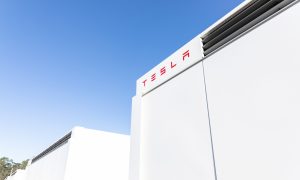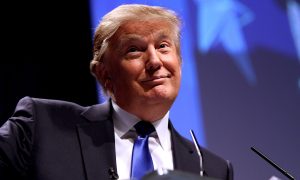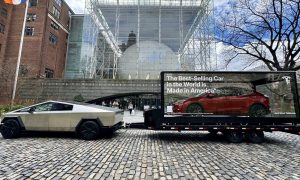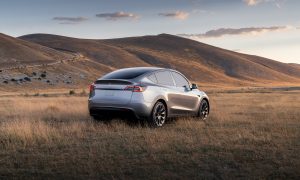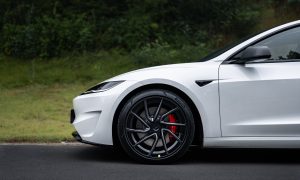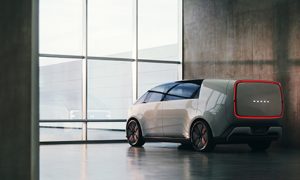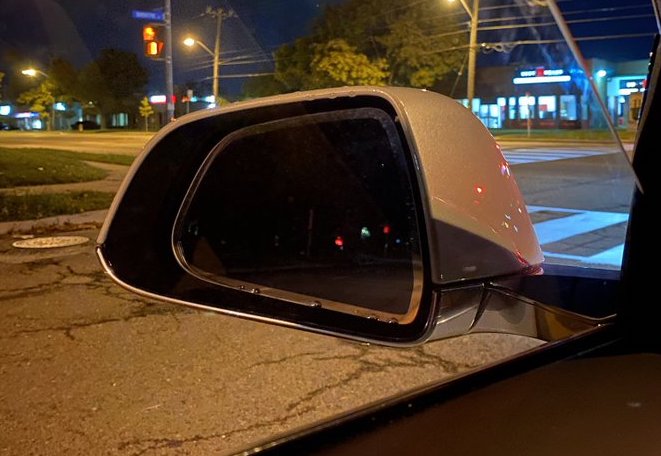

News
Tesla quietly brings back the Model 3’s auto-dimming side mirrors
It appears that Tesla has quietly returned the Model 3’s auto-dimming side mirrors, which was discontinued earlier this year. The feature was recently noticed by new Model 3 owners and Tesla enthusiasts, many of whom were able to compare the newly-produced cars with vehicles that were manufactured a few months ago.
Auto-dimming side mirrors are quite useful, as they have the capability to dim the light reflecting from their surface. This reduces the glare from headlights of vehicles behind the driver. This increases safety and reduces driver fatigue, especially on long trips that involve a lot of freeway driving.
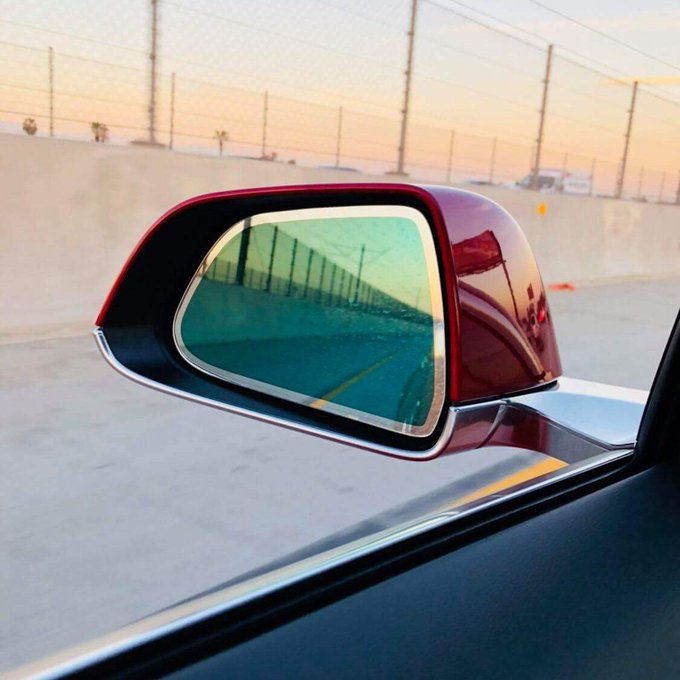
Interestingly enough, the Model 3’s auto-dimming side mirrors are actually one of the all-electric sedan’s more polarizing features. Some Model 3 owners loved their convenience, while others noted that the function tends to be inconsistent. Tesla owner-hacker @greentheonly, in a post on Twitter, stated that the quirks of the feature were likely due to the placement of the auto-dimming side mirrors’ light sensor.
These experiences prompted a number of Model 3 owners to ask Elon Musk for a manual control option for the feature. Musk, for his part, noted that such a function could indeed be added to the Model 3’s auto-dimming side mirrors. Buyers of the Model 3 around March then noticed that their vehicles no longer had the function. The Model Y, which started its production ramp around the same time, was not equipped with the feature as well.
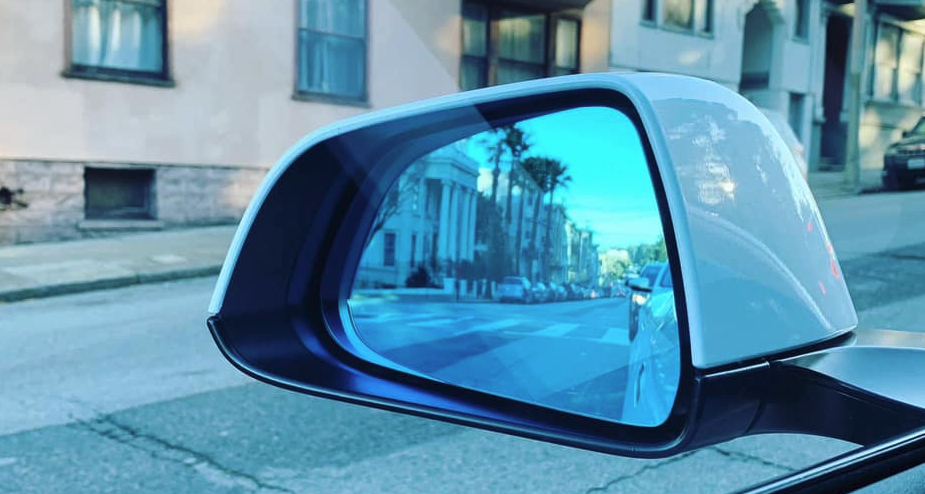
Six months down the road, it appears that Tesla has opted to equip its all-electric sedan with auto-dimming side mirrors once more. The return of the feature was reported by Drive Tesla Canada, which provided a comparison of Model 3 side mirrors from vehicles that were recently produced and those that were manufactured a few months ago. Tesla’s Design Studio, which removed references to auto-dimming side mirrors when the feature was retired earlier this year, is yet to be updated by the electric car maker.
Considering that auto-dimming side mirrors are now back in the Model 3, it would be quite interesting to see if the Model Y receives the function as well. The crossover, after all, is expected to share about 75% of its parts with its sedan sibling. The only thing that remains to be seen is if Tesla has improved the feature since it was retired. Perhaps this time around, the auto-dimming side mirrors will function more accurately. Better yet, perhaps the company could release manual controls for the feature soon, as noted by Elon Musk in May.
News
Armored Tesla Cybertruck “War Machine” debuts at Defense Expo 2025
Lorem ipsum dolor sit amet, consectetur adipisicing elit, sed do eiusmod tempor incididunt ut labore et dolore magna aliqua.
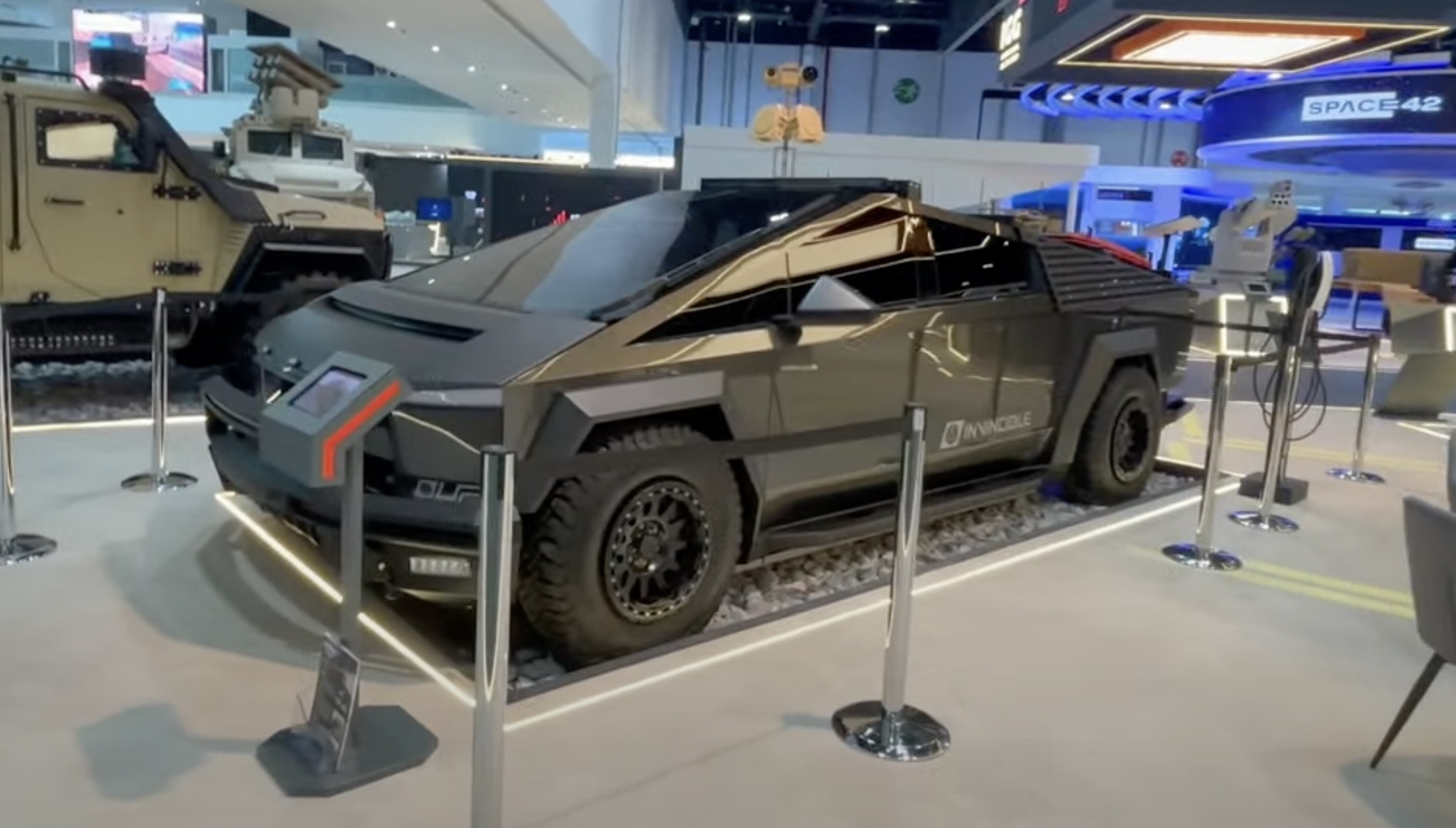
Temporibus autem quibusdam et aut officiis debitis aut rerum necessitatibus saepe eveniet ut et voluptates repudiandae sint et molestiae non recusandae. Itaque earum rerum hic tenetur a sapiente delectus, ut aut reiciendis voluptatibus maiores alias consequatur aut perferendis doloribus asperiores repellat.
Lorem ipsum dolor sit amet, consectetur adipisicing elit, sed do eiusmod tempor incididunt ut labore et dolore magna aliqua. Ut enim ad minim veniam, quis nostrud exercitation ullamco laboris nisi ut aliquip ex ea commodo consequat.
“Duis aute irure dolor in reprehenderit in voluptate velit esse cillum dolore eu fugiat”
Nemo enim ipsam voluptatem quia voluptas sit aspernatur aut odit aut fugit, sed quia consequuntur magni dolores eos qui ratione voluptatem sequi nesciunt.
Et harum quidem rerum facilis est et expedita distinctio. Nam libero tempore, cum soluta nobis est eligendi optio cumque nihil impedit quo minus id quod maxime placeat facere possimus, omnis voluptas assumenda est, omnis dolor repellendus.
Nulla pariatur. Excepteur sint occaecat cupidatat non proident, sunt in culpa qui officia deserunt mollit anim id est laborum.
Sed ut perspiciatis unde omnis iste natus error sit voluptatem accusantium doloremque laudantium, totam rem aperiam, eaque ipsa quae ab illo inventore veritatis et quasi architecto beatae vitae dicta sunt explicabo.
Neque porro quisquam est, qui dolorem ipsum quia dolor sit amet, consectetur, adipisci velit, sed quia non numquam eius modi tempora incidunt ut labore et dolore magnam aliquam quaerat voluptatem. Ut enim ad minima veniam, quis nostrum exercitationem ullam corporis suscipit laboriosam, nisi ut aliquid ex ea commodi consequatur.
At vero eos et accusamus et iusto odio dignissimos ducimus qui blanditiis praesentium voluptatum deleniti atque corrupti quos dolores et quas molestias excepturi sint occaecati cupiditate non provident, similique sunt in culpa qui officia deserunt mollitia animi, id est laborum et dolorum fuga.
Quis autem vel eum iure reprehenderit qui in ea voluptate velit esse quam nihil molestiae consequatur, vel illum qui dolorem eum fugiat quo voluptas nulla pariatur.
News
Tesla Megapacks chosen for 548 MWh energy storage project in Japan
Tesla plans to supply over 100 Megapack units to support a large stationary storage project in Japan, making it one of the country’s largest energy storage facilities.
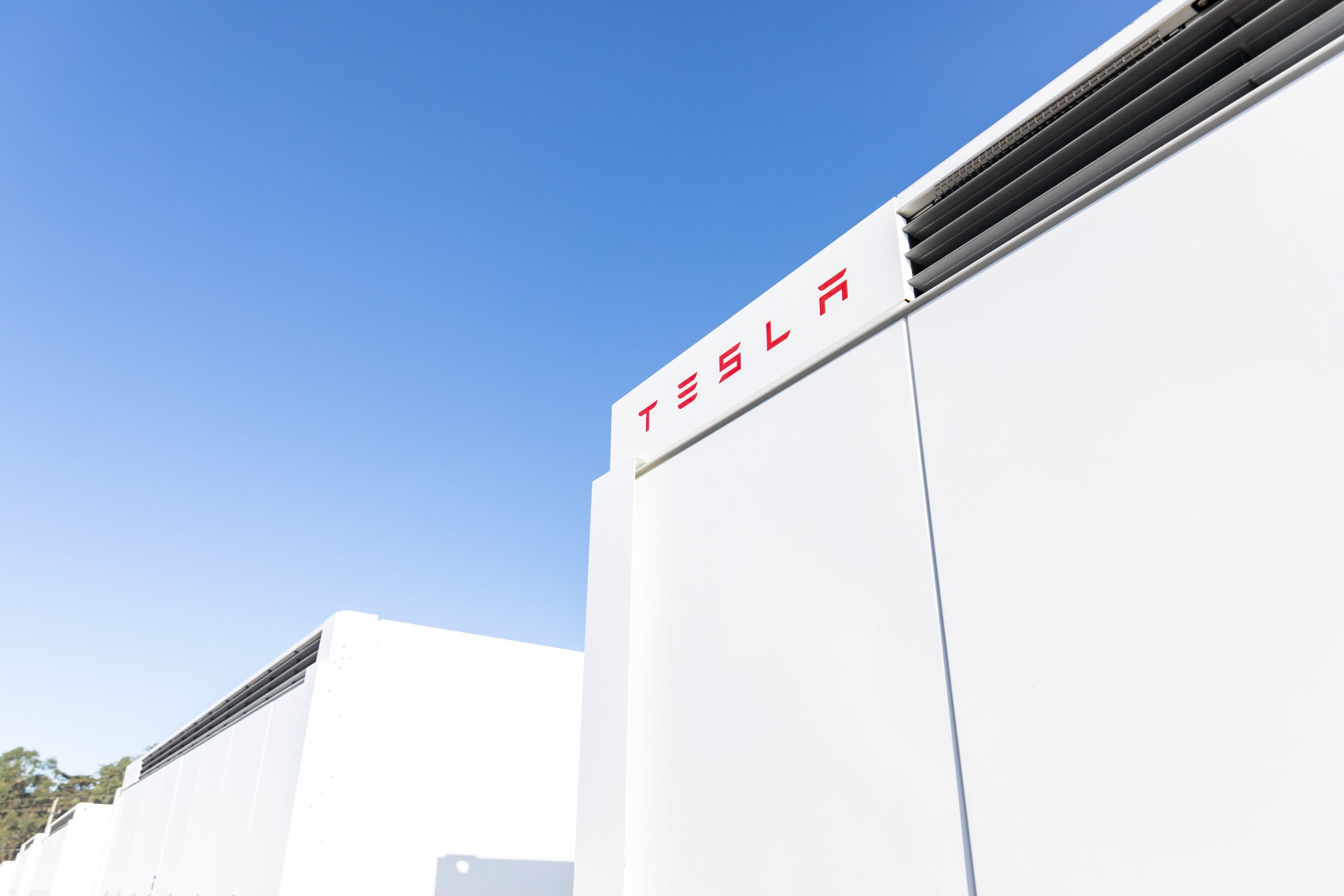
Tesla’s Megapack grid-scale batteries have been selected to back an energy storage project in Japan, coming as the latest of the company’s continued deployment of the hardware.
As detailed in a report from Nikkei this week, Tesla plans to supply 142 Megapack units to support a 548 MWh storage project in Japan, set to become one of the country’s largest energy storage facilities. The project is being overseen by financial firm Orix, and it will be located at a facility Maibara in central Japan’s Shiga prefecture, and it aims to come online in early 2027.
The deal is just the latest of several Megapack deployments over the past few years, as the company continues to ramp production of the units. Tesla currently produces the Megapack at a facility in Lathrop, California, though the company also recently completed construction on its second so-called “Megafactory” in Shanghai China and is expected to begin production in the coming weeks.
READ MORE ON TESLA MEGAPACKS: Tesla Megapacks help power battery supplier Panasonic’s Kyoto test site
Tesla’s production of the Megapack has been ramping up at the Lathrop facility since initially opening in 2022, and both this site and the Shanghai Megafactory are aiming to eventually reach a volume production of 10,000 Megapack units per year. The company surpassed its 10,000th Megapack unit produced at Lathrop in November.
During Tesla’s Q4 earnings call last week, CEO Elon Musk also said that the company is looking to construct a third Megafactory, though he did not disclose where.
Last year, Tesla Energy also had record deployments of its Megapack and Powerwall home batteries with a total of 31.4 GWh of energy products deployed for a 114-percent increase from 2023.
Other recently deployed or announced Megapack projects include a massive 600 MW/1,600 MWh facility in Melbourne, a 75 MW/300 MWh energy storage site in Belgium, and a 228 MW/912 MWh storage project in Chile, along with many others still.
What are your thoughts? Let me know at zach@teslarati.com, find me on X at @zacharyvisconti, or send us tips at tips@teslarati.com.
Tesla highlights the Megapack site replacing Hawaii’s last coal plant
Need accessories for your Tesla? Check out the Teslarati Marketplace:
News
Elon Musk responds to Ontario canceling $100M Starlink deal amid tariff drama
Ontario Premier Doug Ford said, opens new tab on February 3 that he was “ripping up” his province’s CA$100 million agreement with Starlink in response to the U.S. imposing tariffs on Canadian goods.
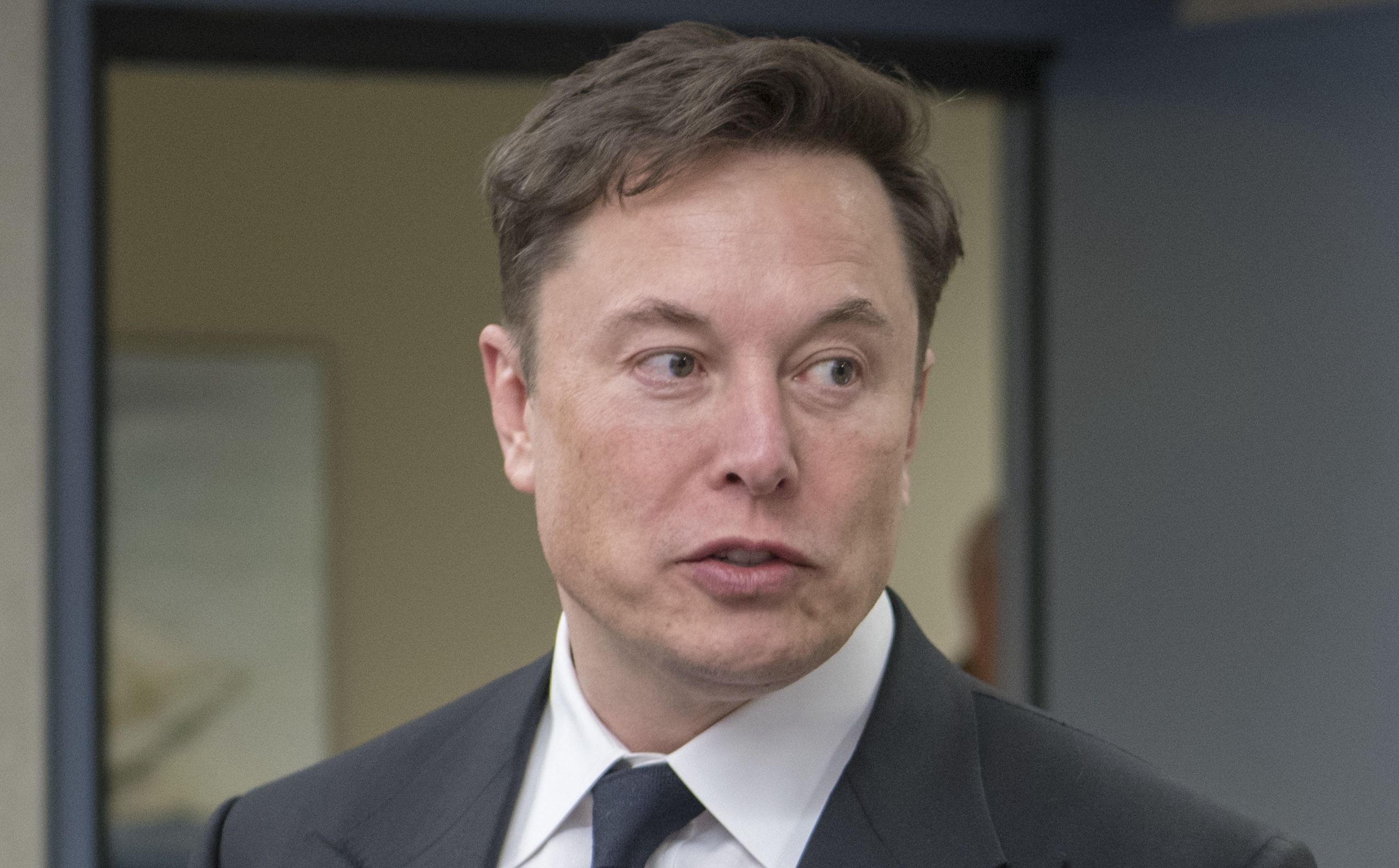
Elon Musk company SpaceX is set to lose a $100 million deal with the Canadian province of Ontario following a response to the Trump administration’s decision to apply 25 percent tariffs to the country.
Starlink, a satellite-based internet service launched by the Musk entity SpaceX, will lose a $100 million deal it had with Ontario, Premier Doug Ford announced today.
Starting today and until U.S. tariffs are removed, Ontario is banning American companies from provincial contracts.
Every year, the Ontario government and its agencies spend $30 billion on procurement, alongside our $200 billion plan to build Ontario. U.S.-based businesses will…
— Doug Ford (@fordnation) February 3, 2025
Ford said on X today that Ontario is banning American companies from provincial contracts:
“We’ll be ripping up the province’s contract with Starlink. Ontario won’t do business with people hellbent on destroying our economy. Canada didn’t start this fight with the U.S., but you better believe we’re ready to win it.”
It is a blow to the citizens of the province more than anything, as the Starlink internet constellation has provided people in rural areas across the globe stable and reliable access for several years.
Musk responded in simple terms, stating, “Oh well.”
Oh well https://t.co/1jpMu55T6s
— Elon Musk (@elonmusk) February 3, 2025
It seems Musk is less than enthused about the fact that Starlink is being eliminated from the province, but it does not seem like all that big of a blow either.
As previously mentioned, this impacts citizens more than Starlink itself, which has established itself as a main player in reliable internet access. Starlink has signed several contracts with various airlines and maritime companies.
It is also expanding to new territories across the globe on an almost daily basis.
With Mexico already working to avoid the tariff situation with the United States, it will be interesting to see if Canada does the same.
The two have shared a pleasant relationship, but President Trump is putting his foot down in terms of what comes across the border, which could impact Americans in the short term.

